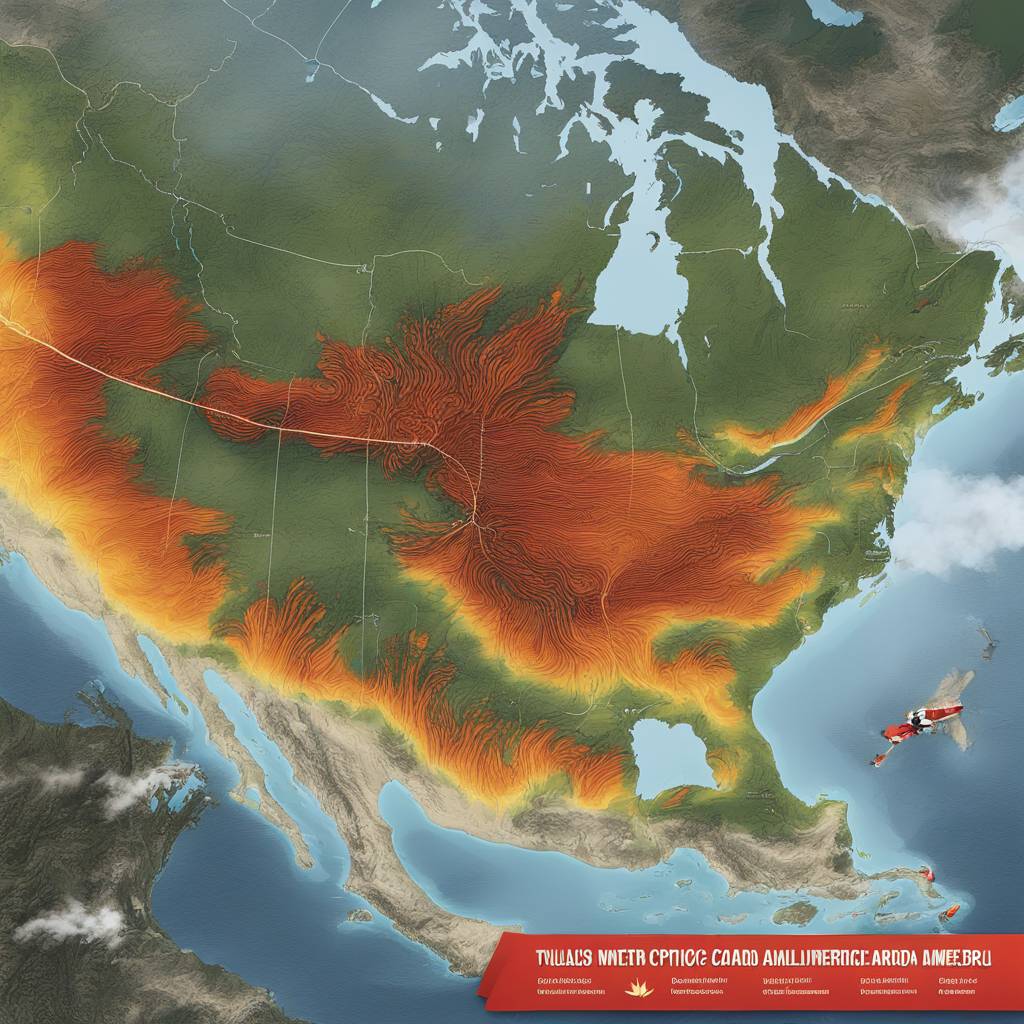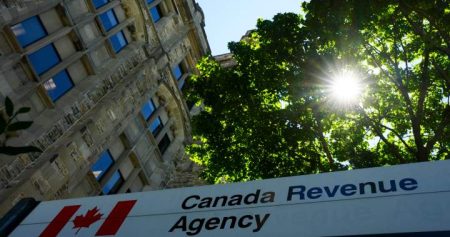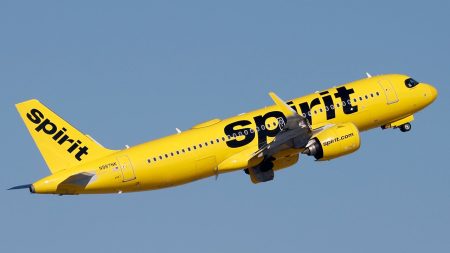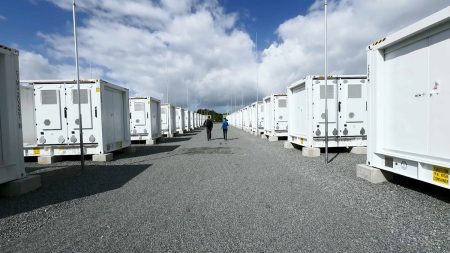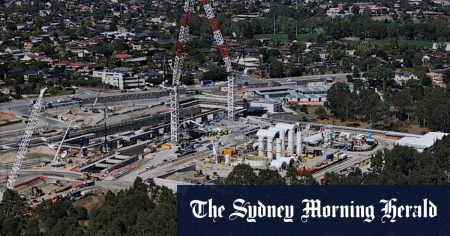A new air quality report revealed that Canada had the most polluted air of any North American country in 2023, largely due to devastating wildfires that ravaged the country. The wildfires, which also affected the United States due to transboundary haze and air pollution, led to a ninefold increase in PM2.5 levels in Alberta compared to the previous year. Canadian Prime Minister Justin Trudeau, who has championed climate action and a green economy, faced criticism for his government’s response to the crisis, with accusations that inadequate forest management policies and infrastructure upgrades exacerbated the situation.
Despite Trudeau’s warnings about climate change, critics argued that his government was ill-prepared for the wildfires and had failed to address ongoing issues with domestic policy and infrastructure. The Fraser Institute, a libertarian-conservative think tank, raised concerns about ascribing the fires solely to environmental conditions, emphasizing the need for a comprehensive approach that includes updating forest management policies and investing in firefighting facilities. By the end of the summer in 2023, Trudeau began discussing the need for increased infrastructure funding to address emergency response and disaster preparedness.
In response to the wildfires, Trudeau’s government started investing in firefighting training and specialized equipment, particularly for First Nations communities, and established initiatives to reduce wildland fire risks and enhance disaster preparedness efforts. The government’s efforts included the FireSmart Canada program and the creation of a Centre of Excellence for Wildland Fire Innovation and Resilience. Trudeau also emphasized the importance of collaboration with provincial and municipal leaders to address challenges related to wildfires and air quality, indicating a commitment to evolving preparation strategies based on lessons learned from past events.
The wildfires not only had a devastating impact on air quality but also claimed lives, including eight firefighters and one child, and burned a significant amount of land. The fires burned approximately 45.7 million acres, about twice the size of Portugal, and spread smoke that polluted parts of the U.S., resulting in skies turning orange or red. The city of Yellowknife, located in a more remote area of Canada, had to evacuate 20,000 people due to the fires, and its average PM2.5 concentration increased significantly from 2017 to 2023. The IQAir report highlighted the severity of the air pollution crisis in Canada, with the country ranking among the top for PM2.5 concentrations.
The air quality report covered data from 30,000 monitoring stations across 134 countries, territories, and regions, focusing on PM2.5 particles that are produced by combustion of various materials. India was identified as the country with the most polluted air, with the vast majority of the top 50 most polluted cities located within its borders. In the U.S., cities like Coraopolis in Pennsylvania, Forest Park in Georgia, and Cave Junction in Oregon were among the most polluted, with Coraopolis recording a concentration of 19.3. Canada’s response to the air quality crisis, along with other affected countries in North America, will require continued efforts to address the root causes of wildfires and enhance disaster preparedness strategies to mitigate the impact on air quality and public health.




